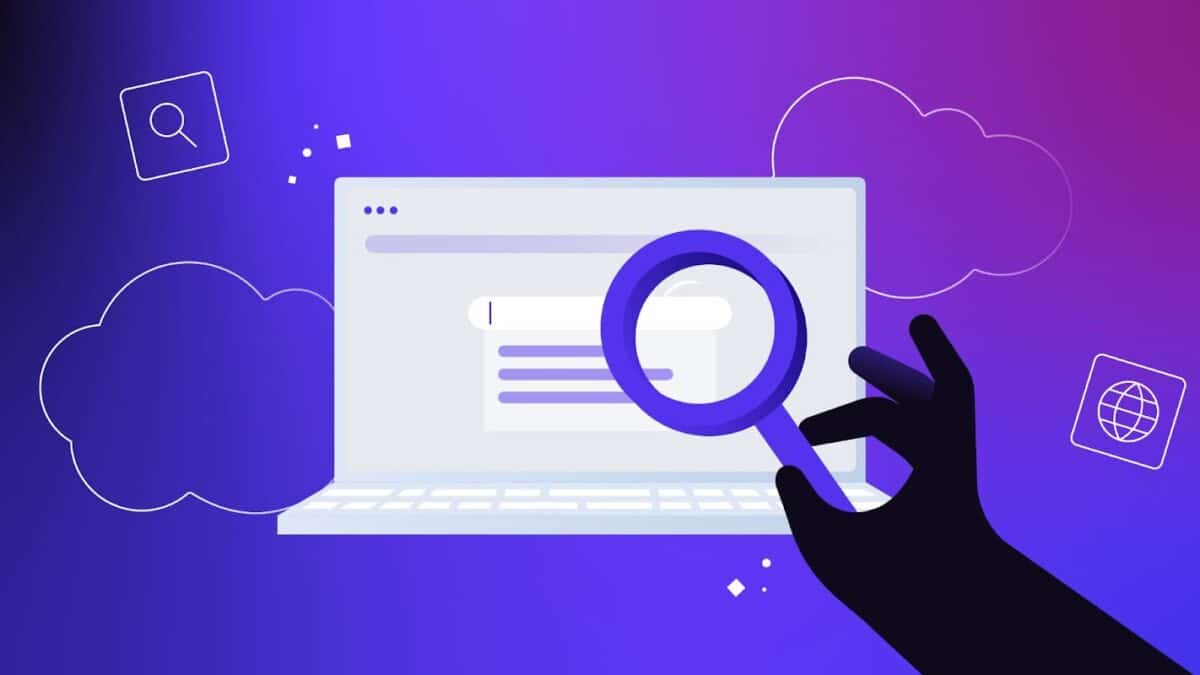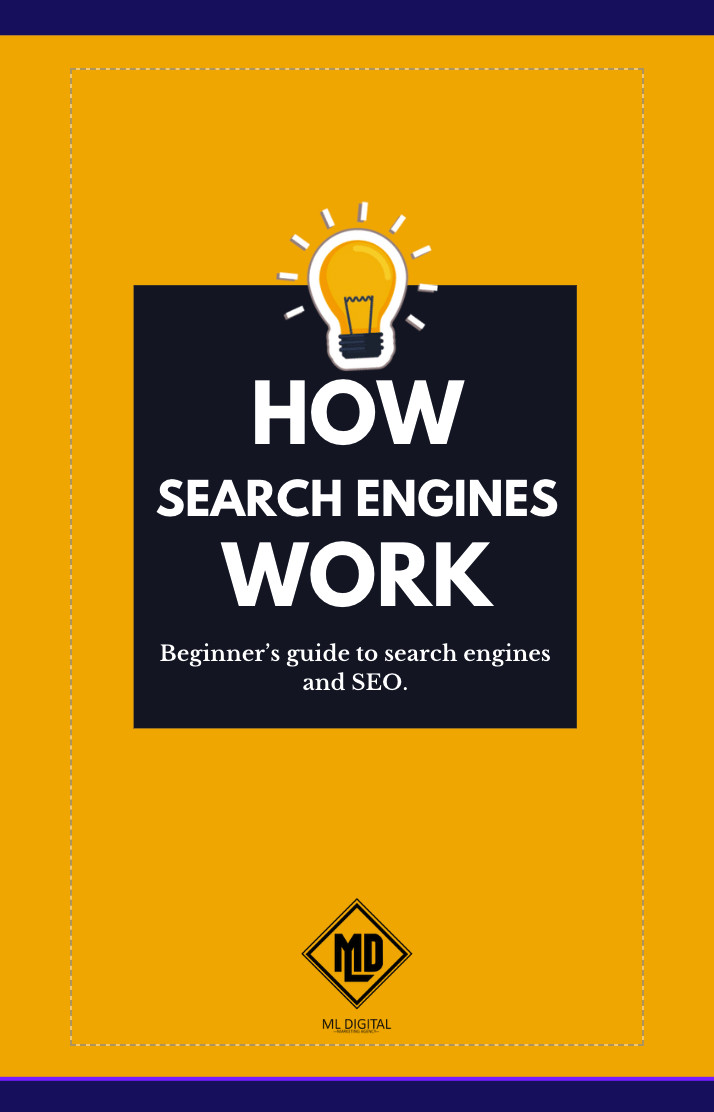How Do Search Engines Discover Your Content? A Complete Guide
Imagine hosting the best event in town, but no one shows up because they didn’t know about it. That’s what happens when a search engine can’t find your content—your website exists, but it remains invisible to potential visitors until a search engine finds your content.
Search engines like Google, Bing, and Yahoo are constantly scanning the web to find, analyze, and rank content. But how do they find your content? And more importantly, how can you ensure they discover it quickly?
Understanding How Search Engines Find Your Website
The Role of Search Engine Crawlers (Bots & Spiders)
Search engine crawlers—also called bots or spiders—are like digital scouts constantly exploring the web, they navigate from one webpage to another via links, gathering valuable information to store in search engine databases.
If your website isn’t crawlable, search engines won’t find it, and if they can’t find it, they won’t rank it. It’s like having a store without a sign—no one will know it’s there.
What is Website Indexing and Why Does it Matter?
Once crawlers visit a page, they index it—meaning they analyze and store the content in a vast search engine database. When a search engine finds your content, the indexed pages are then retrieved and ranked accordingly when users search for relevant keywords.
A page may not get indexed if:
- It is blocked by a robots.txt file
- It has “noindex” meta tags
- It lacks valuable or structured content
If your pages aren’t indexed, they won’t appear in search results, no matter how great your content is.
How Search Engines Rank Content Based on Discovery
Discovery is just the first step. Once a search engine finds your page, it determines where it should appear on search results.
Several ranking factors influence this decision:
- Relevance – Does your content match the search query?
- Authority – Does your website have credibility and backlinks?
- User Experience – Is your site fast, mobile-friendly, and engaging?
Understanding these factors helps you optimize your content so that search engines not only find it but also rank it higher.
Key Factors That Help Search Engines Discover Your Content
Internal Linking Strategies to Improve Indexation
Internal links help both users and search engines navigate your website. A strong internal linking structure:
- Helps search engines understand your website’s hierarchy
- Ensures all pages are discoverable
- Improves user experience by guiding visitors to related content
If you publish a blog post about SEO ranking strategies, link it to a post about content discovery. This keeps users engaged and ensures search engines crawl deeper into your site.
The Importance of XML Sitemaps & Robots.txt
An XML sitemap acts as a roadmap for search engines, guiding them to important pages. If your website has numerous pages, submitting a sitemap through Google Search Console helps crawlers find them faster.
A robots.txt file, on the other hand, instructs search engines which pages to ignore. However, it’s important to be cautious—misconfiguration could unintentionally block crucial pages from appearing in search results.
Why Page Load Speed & Mobile Optimization Matter
A slow website frustrates users, and search engines take note. Poor performance leads to high bounce rates, which negatively affects rankings.
To optimize speed:
- Compress images to reduce load time
- Enable browser caching
- Use a content delivery network (CDN)
With mobile-first indexing, Google prioritizes mobile-friendly websites. If your site isn’t optimized for mobile devices, it may not rank well.
SEO Best Practices to Get Your Content Found Faster
Optimizing Meta Tags, Titles & Descriptions for Better Visibility
A compelling meta title and description can determine whether users click on your page or scroll past it. To maximize engagement, make sure to:
- Use primary keywords like search engine indexing and content discovery
- Keep titles under 60 characters and descriptions under 160 characters
- Write clear, engaging descriptions to encourage clicks
Leveraging Backlinks to Boost Discoverability
Backlinks signal trust to search engines. When high-authority sites link to your content, it tells search engines that your page is valuable.
Ways to earn backlinks:
- Write guest posts on reputable websites
- Create high-value content that others want to reference
- Build relationships with industry leaders and influencers
The more quality backlinks your content has, the more search engines will prioritize it.
Using Social Signals & External Platforms to Increase Reach
Social media indirectly influences search rankings by increasing visibility. If your content is widely shared, a search engine finds your content and recognizes its popularity, potentially boosting its ranking.
Platforms that help distribute your content include:
- LinkedIn for professional networking
- Twitter for fast-paced discussions
- Facebook and Instagram for wider audience engagement
The more engagement your content receives, the more likely it is to be discovered.
Common Mistakes That Prevent Search Engines From Finding Your Content
Blocking Important Pages with Robots.txt
Many websites accidentally block key pages in their robots.txt file, making them invisible to search engines. Always verify that critical pages aren’t restricted.
Issues with Duplicate Content & Canonicalization
Duplicate content confuses search engines and dilutes rankings. To fix this, use canonical tags to indicate the preferred version of similar pages.
Ignoring Technical SEO & Structured Data Markup
Technical SEO elements like schema markup help search engines understand your content. Structured data can enhance search result appearances by adding rich snippets, increasing click-through rates.
Final Thoughts – Boosting Your Content Discovery for Better Rankings
Search engine discovery isn’t about luck—it’s about strategy. Ensuring your content is crawlable, indexable, and optimized increases the chances of ranking higher.
To maximize visibility:
- Use internal linking to guide search engines
- Submit XML sitemaps for better indexing
- Optimize for speed and mobile-friendliness
- Leverage backlinks and social signals
How do search engines find and index your content for better visibility? Contact us for a free consultation and let’s develop an SEO strategy that gets your content discovered and ranked.
FAQs
1. How long does it take for search engines to discover my new website?
It can take anywhere from a few hours to several weeks. Submitting your site through Google Search Console and using an XML sitemap can speed up the process.
2. Does updating old content help with search engine discovery?
Yes, updating older content with fresh information, new links, and better optimization signals to search engines that the page is relevant, which can improve rankings.
3. How does Google handle websites with little to no traffic?
Google may crawl low-traffic sites less frequently. Improving content quality, increasing engagement, and earning backlinks can encourage more frequent indexing.
4. Can search engines find content behind login pages?
No, search engines cannot index content hidden behind a login or paywall unless structured data or special indexing permissions are provided.
5. What is the best way to check if my site is indexed?
You can use the site: search operator in Google (e.g., site:yourwebsite.com) or check Google Search Console for indexing status.








